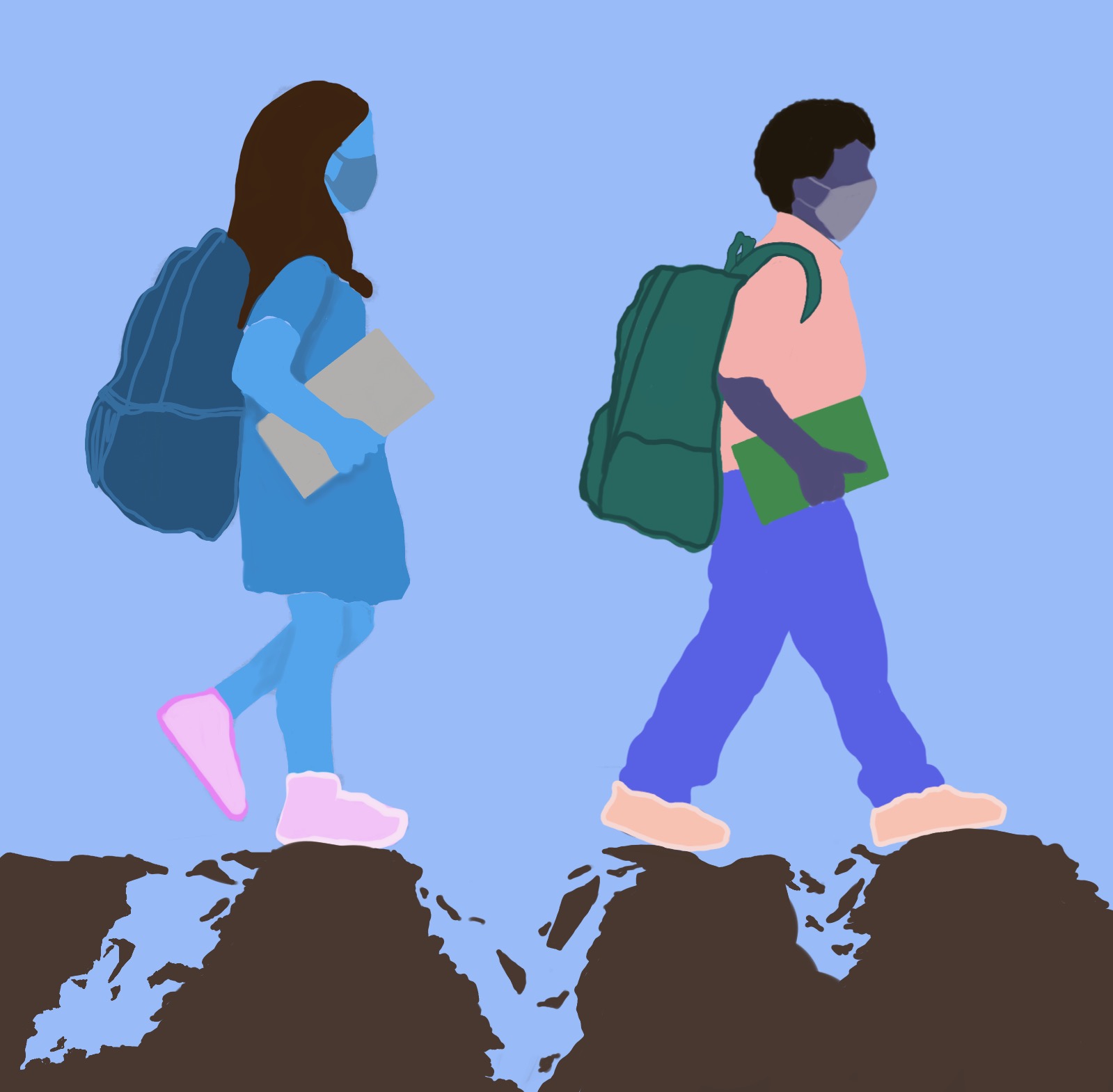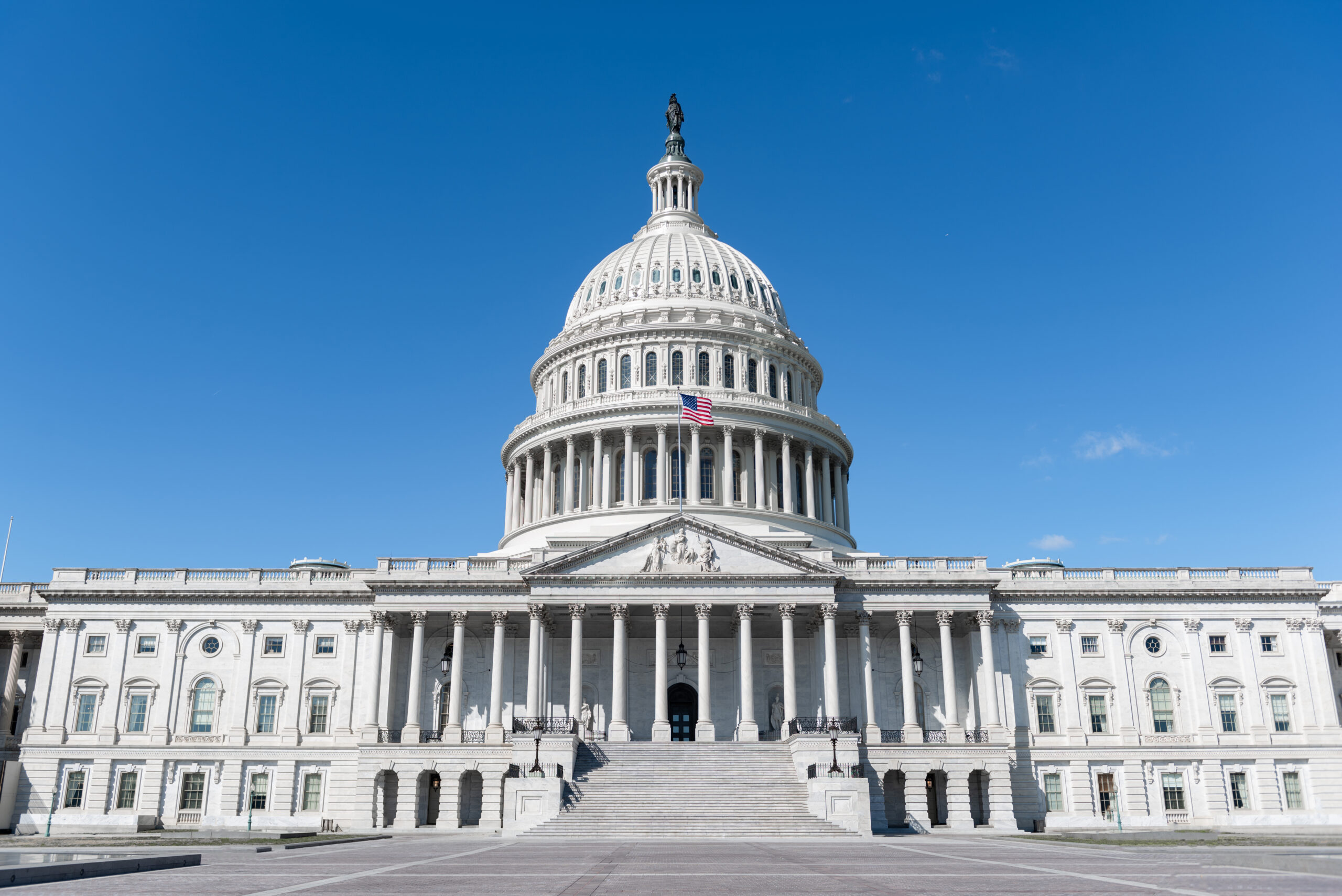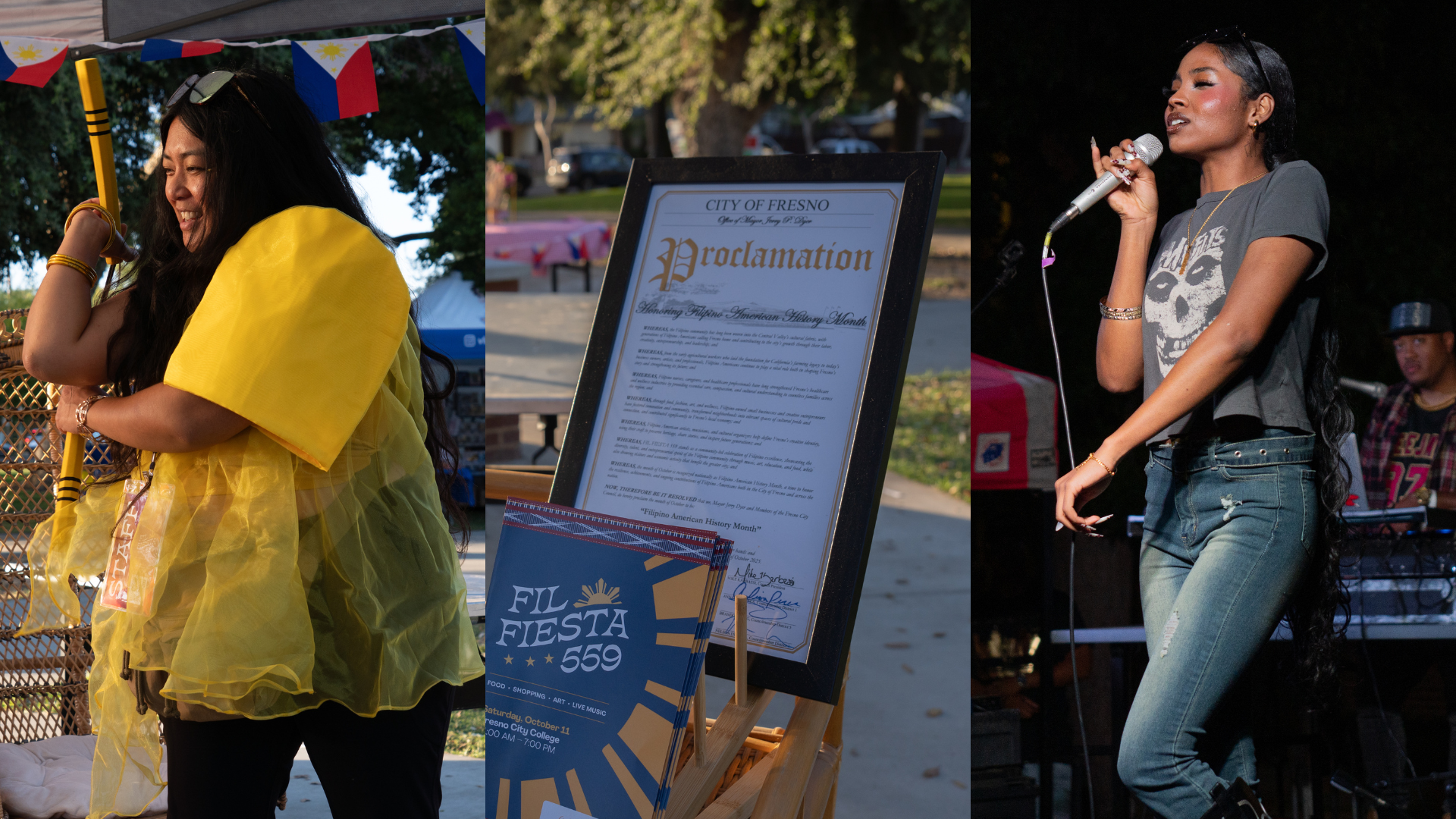
The 2019-2020 school year was like every other school year. School campuses were full of life and smiling faces; there was never a dull moment. There were always activities happening, games to attend and school events to look forward to.
Then the most unprecedented thing happened.
On March 13, 2020, the lives of many were drastically altered forever. COVID-19 hit like a hurricane no one was expecting, and with it being the largest pandemic since the Spanish Flu, the world wasn’t exactly prepared for what was coming. What started as an extra week of Spring Break became more than two years of an unrecognizable society.
Fresno Unified School District made the tough decision to shut down schools for the rest of the school year beginning March 16 due to safety concerns. Since the government prohibited all social gatherings and implemented 6-feet distancing rules in all public spaces, there was no way anyone would be able to safely attend school every day.
The closing of FUSD schools meant that students would be missing an entire quarter of school. Including the summer, this was five months without receiving any type of education. Although this became a future problem for students, it was the only option for Fresno Unified at the time.
When August 2020 came around, it was still a health risk for students to resume in-person learning, so FUSD decided that classes would be held virtually for the beginning part of the year. Although school was in session, the online formatting made it seem as if school was optional. Without there being constant supervision, students were able to turn off their microphones and cameras while still appearing “in-class.”
Along with lack of supervision, there was also a lack of resources.
In a lot of households, there was more than one student at home doing online school. With younger siblings not knowing how to properly use technology, older siblings were required to help and monitor the little ones. Instead of focusing on their own school work, they were obliged to care for other members of their family.
Another focal issue with distance learning was not having an adequate studying area. Most students lived with many individuals making it difficult to find a quiet space to themselves where they could properly focus. Doing school online wasn’t exactly ideal for most students, especially with all the distractions and comforts of home being inches away.
Throughout the first semester, FUSD saw a significant drop in grades and test scores for students all over the district. It wasn’t questioned that the plunge in grades was because of the virtual configuration. The system was flawed because it was difficult to find things that worked for everyone.
In March 2021, the government offered a monetary incentive from the state of California for schools to resume in-person. By spring, students were able to return to campus on a hybrid schedule: half virtual, half in-person.
The hybrid schedule was difficult because it was ever-changing, but it was the first step to attempting to return everyone entirely to campus.
COVID-19 and living in a pandemic became the new normal and students were forced to endure a full year of online distance learning. But in August 2021, students were finally able to fully resume in-person learning.
When students returned, it was obvious that no one had been to school in a very long time. A lot of students struggled getting back into things, especially considering they hadn’t completed an actual assignment in quite a while.
Students were not only lacking proper education, but they were also deprived of socialization skills. This affected all students from elementary to middle and high school. It also became difficult for the younger children who were still trying to thrive and learn basic skills like reading and writing.
High school students especially struggled during the pandemic to meet graduation requirements.
Assembly Bill 104 stated, “The state of California recently enacted a new law that will expand learning and credit recovery options for students who may have struggled academically during the pandemic-impacted 2020-2021 school year.”
AB 104 basically said that parents, guardians and students had the option of changing a letter grade to Pass/No Pass, which is quite telling of how difficult it was to maintain grades during the pandemic.
As for the 2021-2022 school year, the data and effects on student learning have yet to be analyzed. While the district has seen improvement, like always, there is still room for growth.


